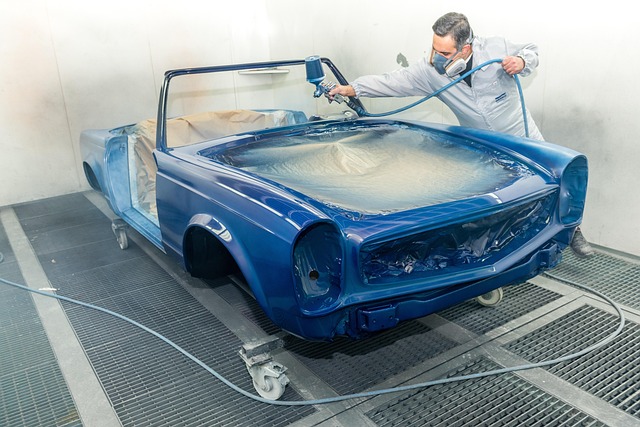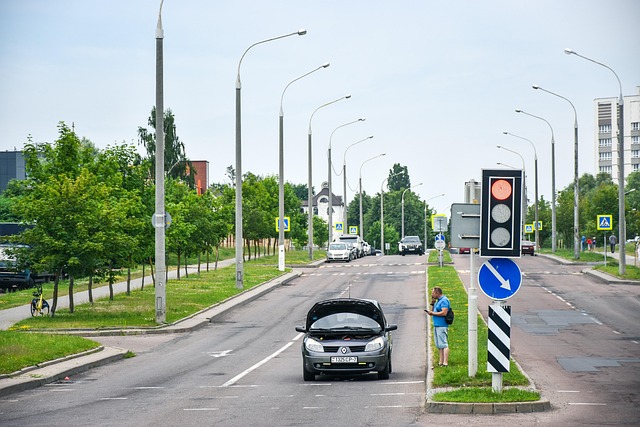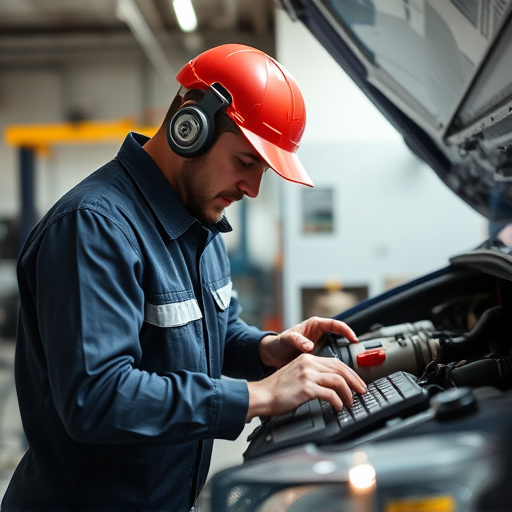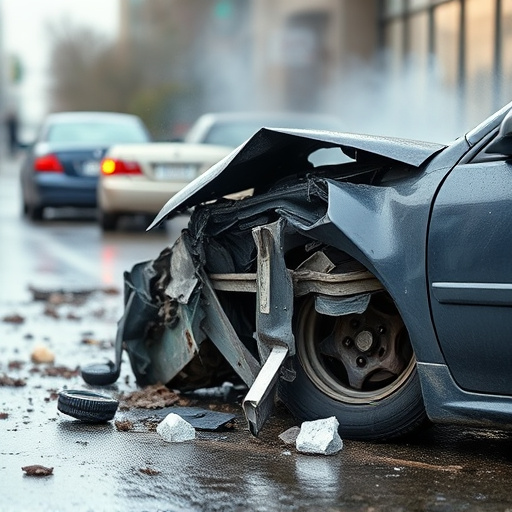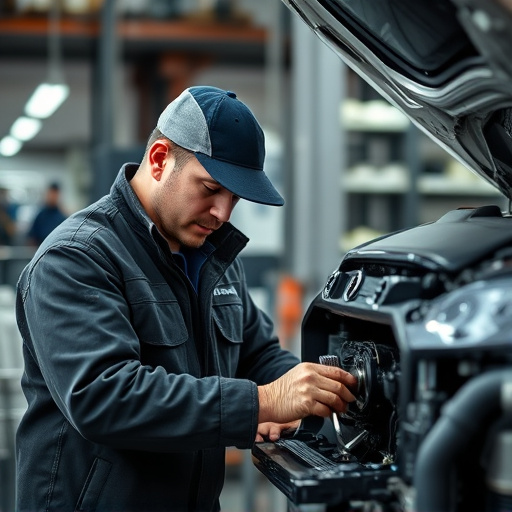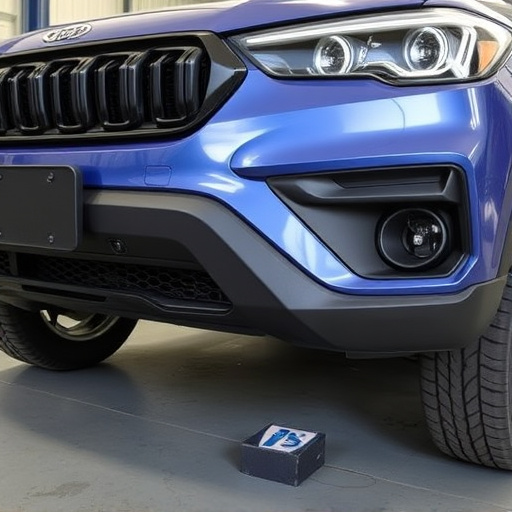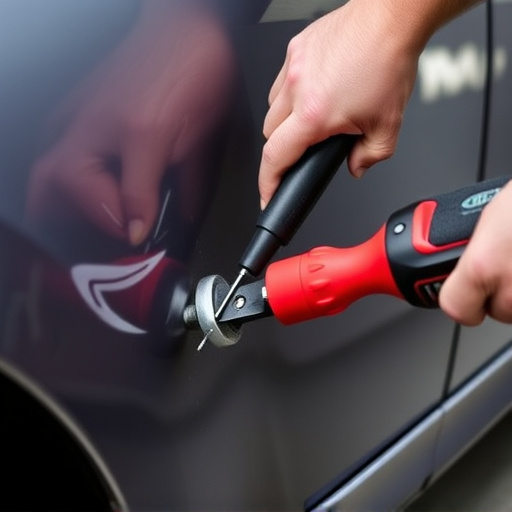Rain sensor glass repair demands specialized knowledge of modern wiper systems and their components—rain sensors (camera modules) and ECUs. Choosing the right sealant is crucial; incompatibility can lead to sealing failure, affecting sensor performance. Researching and selecting sealants designed for automotive rain sensor glass repair ensures optimal bonding, flexibility, and resistance to environmental factors, increasing success rates and longevity of repairs. High-quality, weatherable sealants are preferred for diverse conditions, often used by professional Mercedes Benz repair shops.
“Uncover the secrets to mastering rain sensor glass repair with this comprehensive guide. Understanding the fundamentals of the process is the first step towards successful restoration. Next, learn how to select the ideal sealant, ensuring complete compatibility for seamless integration. By delving into application techniques, you’ll achieve effective repairs, enhancing your device’s functionality. Discover the art of choosing the right sealant for optimal results in rain sensor glass repair.”
- Understanding Rain Sensor Glass Repair Basics
- Choosing the Right Sealant for Compatibility
- Applying Sealants for Effective Repairs
Understanding Rain Sensor Glass Repair Basics
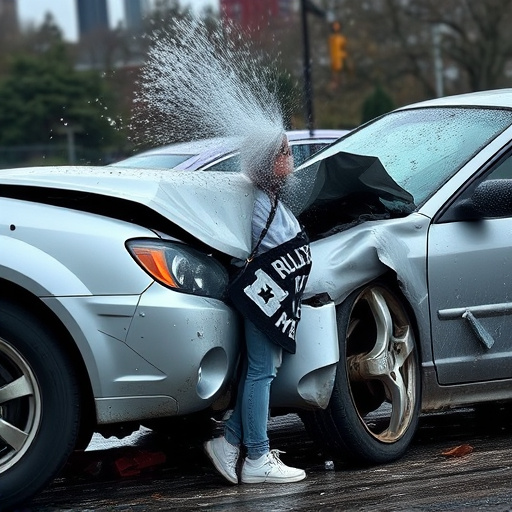
The rain sensor glass repair process is a delicate art within the automotive industry, specifically tailored for vehicle body shops dealing with car bodywork repairs. These sensors, integral to modern vehicles’ windshield wiper control systems, are designed to detect precipitation on the windshield, activating the wipers accordingly. Over time, however, these sensors can malfunction due to damage, debris, or age, leading to inefficient wiper operation or even failure to engage in wet conditions.
When undertaking rain sensor glass repair, it’s crucial to grasp the basic components and their interactions. The primary elements include the rain sensor itself, often a small camera module attached to the inside of the windshield, and the corresponding electronic control unit (ECU) that interprets data from the sensor. By understanding these fundamentals, vehicle repair specialists can effectively diagnose issues, choose compatible sealants for precise repairs, and ensure optimal performance once the job is complete, all while maintaining the integrity of the car’s bodywork.
Choosing the Right Sealant for Compatibility
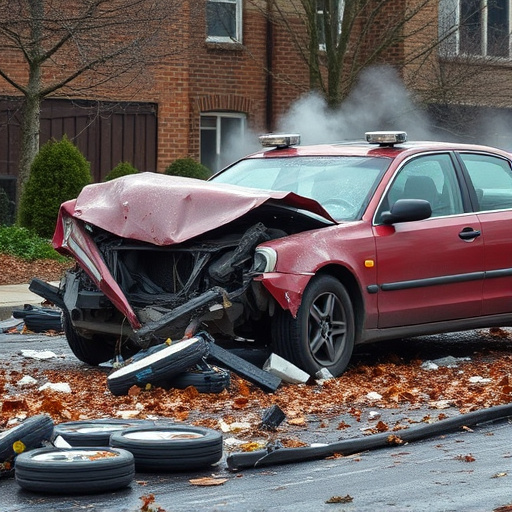
When repairing rain sensors using glass repair techniques, selecting the appropriate sealant for compatibility is a critical step. Not all sealants are created equal, and choosing the wrong one can lead to failure in sealing, affecting sensor functionality and durability. The key lies in understanding the specific requirements of your vehicle’s make and model, as well as the type of sensor being repaired. For instance, some sealants might be better suited for certain glass types or have specific adhesive properties crucial for maintaining sensor accuracy.
Researching and considering the vehicle body shop’s or collision repair center’s existing inventory is essential. Look for sealants designed for automotive repair services that cater to rain sensor glass repair. These specialized products will ensure optimal bonding, flexibility, and resistance to environmental factors. By matching the sealant to your specific needs, you enhance the chances of a successful repair, guaranteeing the sensor’s longevity and precise performance in various weather conditions.
Applying Sealants for Effective Repairs

When repairing rain sensors using glass sealant, it’s crucial to ensure compatibility for optimal results. Using the wrong sealant can lead to inadequate bonding, compromising the sensor’s functionality and effectiveness against moisture. Look for sealants specifically designed for automotive glass repair, with a focus on rain sensor applications. These products are formulated to withstand environmental factors while maintaining strong adherence.
For instance, tire services and Mercedes Benz collision repair shops often rely on high-quality sealants that offer superior weatherability and durability. Incorporating these into your car repair services ensures lasting repairs, enhancing the vehicle’s performance in various conditions, from heavy rain to intense sunlight. Remember, the right sealant is half the battle won in achieving successful rain sensor glass repair.
When undertaking a rain sensor glass repair, selecting and applying the right sealant is paramount. By understanding the basics of rain sensor repairs and choosing compatible sealants, you can ensure long-lasting, effective fixes. This process involves careful consideration of material compatibility and proper application techniques for seamless integration. Remember, investing in high-quality, compatible sealants is key to successful rain sensor glass repair.
